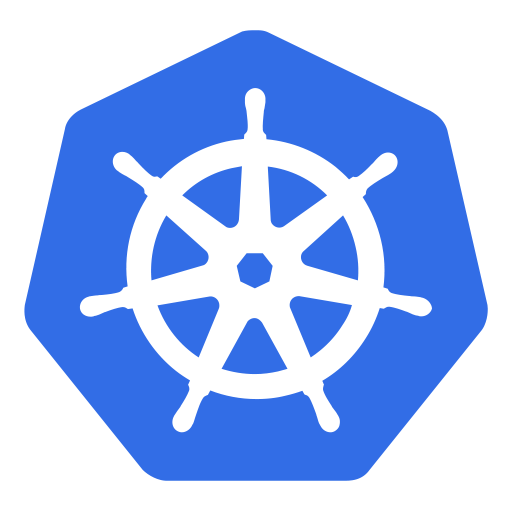
Awareness around and adoption of Kubernetes has been nothing short of phenomenal. When it was new, and the KubeCon conference had just begun, sessions were highly technical, aimed at practitioners looking to build out and manage containerized applications. Most enterprise executives were likely not even aware.
I attended last year’s event and spoke with quite a few executives there to learn what it was all about, and most importantly, how it would help their businesses. Customer centricity is what it’s about now.
Rancher Labs was in the first wave Kubernetes distributions, and has learned what it takes to be more than just a Kubernetes company, Sheng Liang, CEO of Rancher Labs, told me this week.
He explained that Kubernetes is becoming a commodity, offered by all three major cloud providers, making it accessible to all. Rancher offers K3S, a project that Liang said “turns it into a distro suitable for edge… basically anything not in the cloud.’
The company’s multicluster management platform is Rancher, and late last year, the company released a beta of Rio, its application deployment engine designed for DevOps teams.
Going forward in 2020, Liang said Rancher is retooling the management platform to “extend its capabilities to handle huge numbers of clusters, that have to be categorized and managed.” Rancher leverages the service mesh capabilities inside Kubernetes to roll out to smaller numbers, so as not to disrupt all clusters with the rollout.
The company also will productize its Longhorn container storage solution as part of its Rancher platform. By offering block storage, snapshot and backup, Longhorn will enable you to run stateful applications on Kubernetes, he said.






